Can the plantar pressure distribution system export data for analysis? The answer is yes, and this is precisely one of its core and most valuable functions.
It is often said that the foot is the second heart of the human body. Whether in daily walking, sports training, or long-term standing work, the pressure information borne by the foot contains important clues about one’s health status.
The significance of the plantar pressure distribution system lies in using professional equipment to transform these hidden clues into data that can be quantified, tracked, and analyzed, thereby providing scientific support for rehabilitation, sports, medical treatment, footwear manufacturing, and many other industries.
A mature plantar pressure distribution system is usually equipped with a highly sensitive sensor matrix, capable of accurately recording every moment of plantar pressure changes during standing or walking.
These data are not just images displayed on the device screen; they can be fully exported, saved, and further analyzed. The system usually supports exporting data as spreadsheets, images, or dynamic video files, making multi-dimensional analysis and long-term comparison more convenient.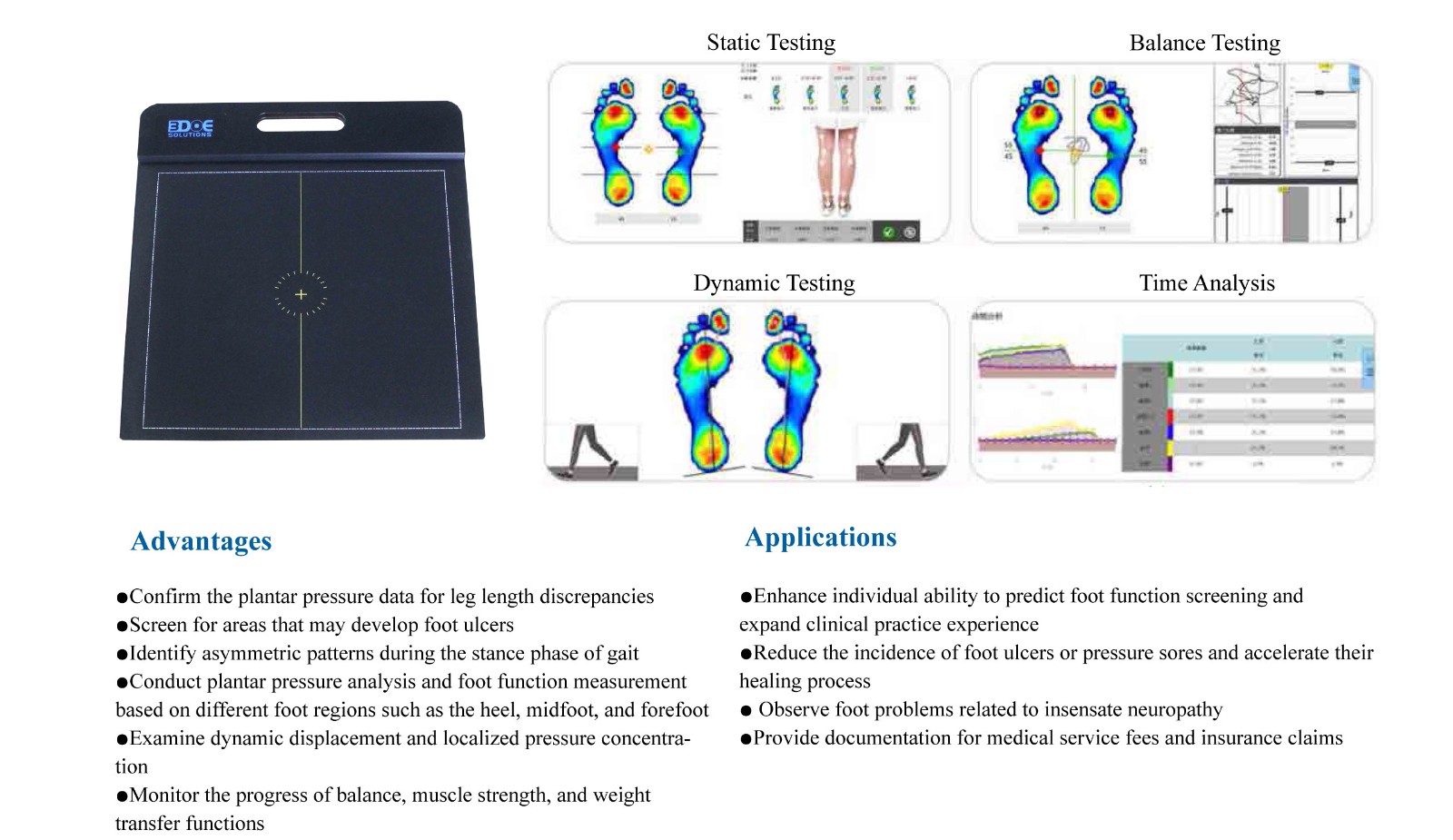
So, what is the use of these exported data?
For rehabilitation institutions, data export means treatment effectiveness can be tracked. For example, a post-knee surgery patient may show a significant weight-bearing deviation on the right foot during the first test. After several weeks of rehabilitation training, a follow-up test and data comparison can visually show the recovery progress. This not only allows the rehabilitation therapist to adjust the plan based on evidence but also makes the patient feel more reassured and confident.
In the field of sports training, the export of plantar pressure data is even more indispensable. Coaches can analyze the pressure transfer path and landing cushioning during gait to identify weaknesses in jumping, acceleration, and turning, thereby optimizing movement and improving performance while effectively preventing injuries. More advanced systems even support synchronized comparisons between the left and right foot, making asymmetric training issues clearly visible.
In the design of orthopedic insoles, the export of pressure data is not only a design reference but also a customization basis. Designers can choose suitable support structures and material distributions based on high-pressure points in different foot regions, truly achieving insole customization for individuals. These archived data also facilitate subsequent reviews and version upgrades, forming a complete user foot health record.
Furthermore, in medical research, the data exported from the plantar pressure distribution system can serve as important supporting materials for scientific papers. By collecting and comparing plantar data from people of different age groups, disease types, and lifestyles, researchers can reveal deeper correlations between foot health and overall body condition, providing theoretical support for clinical applications.
It is worth mentioning that most modern plantar pressure systems are also equipped with data analysis software, which can automatically generate charts and analysis reports, and even provide preliminary evaluation suggestions through AI algorithms. This allows the data not only to be exported but also truly transformed into useful information, lowering the professional threshold and improving service efficiency.

 +86-0755-86131192
+86-0755-86131192 2025-06-16
2025-06-16 Back to list
Back to list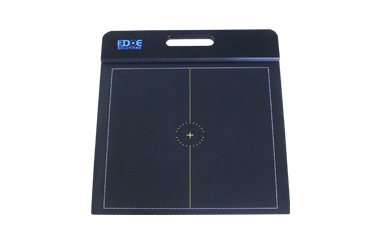
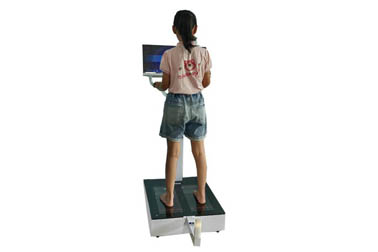
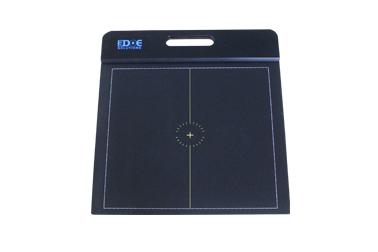
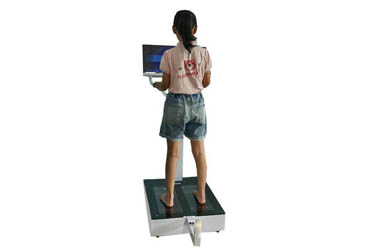
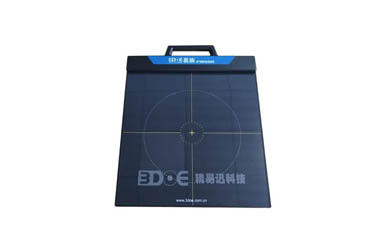
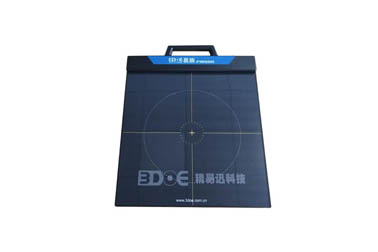



 +86-0755-86131192
+86-0755-86131192